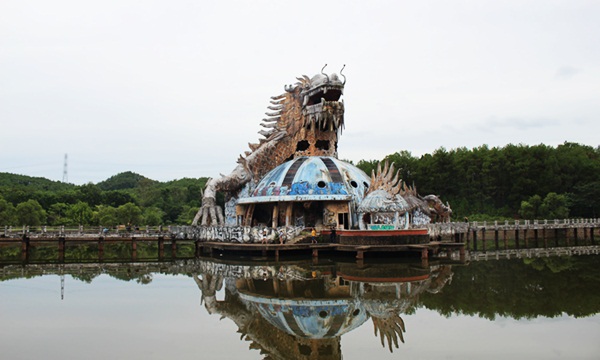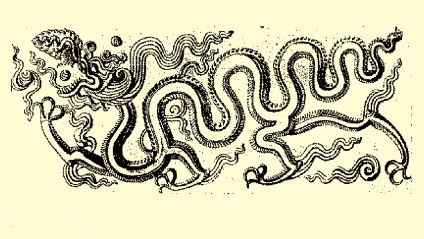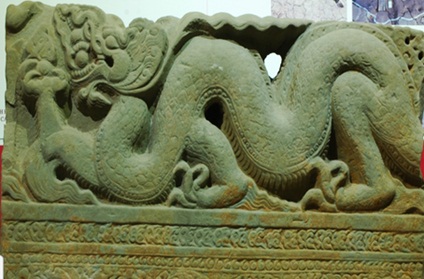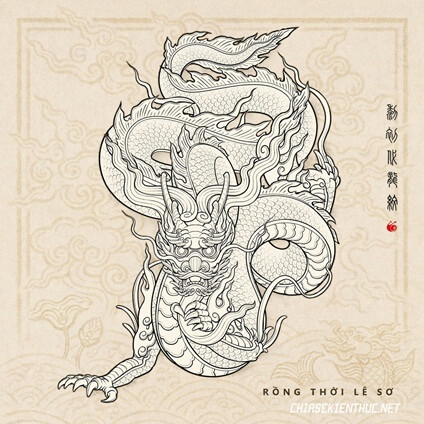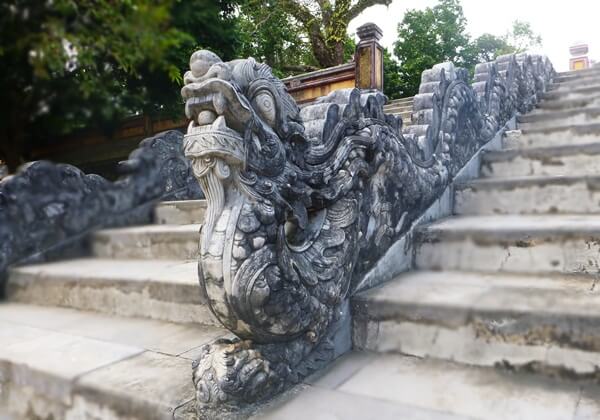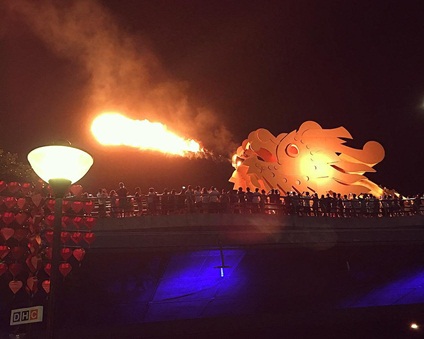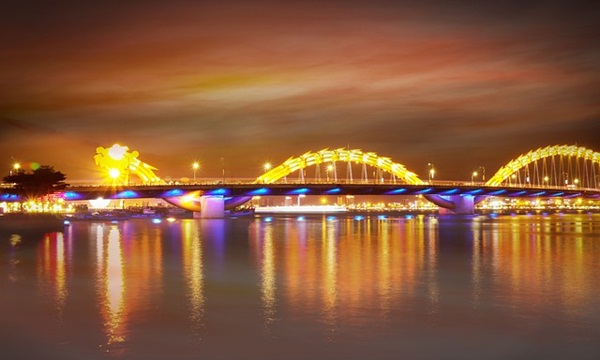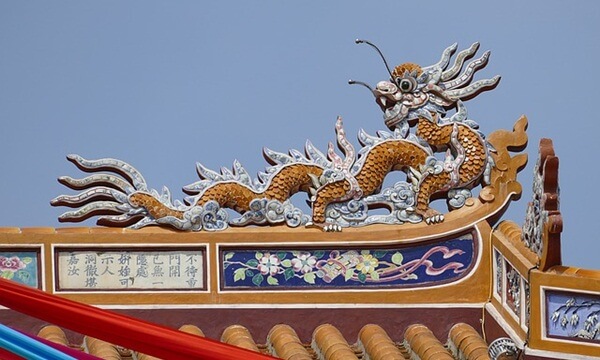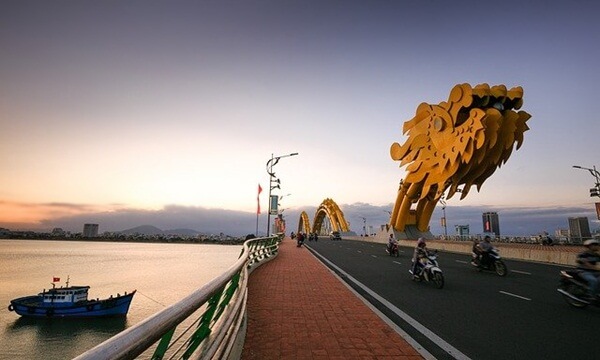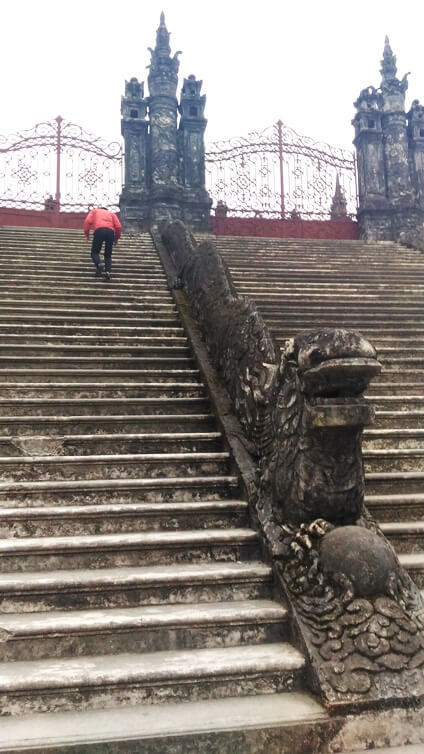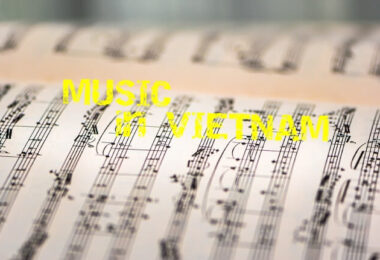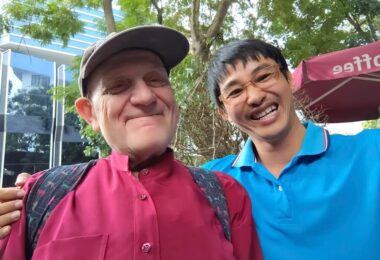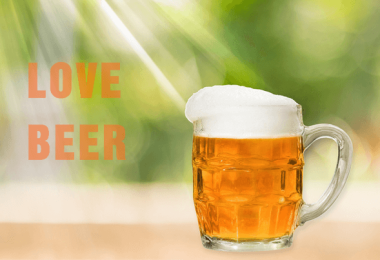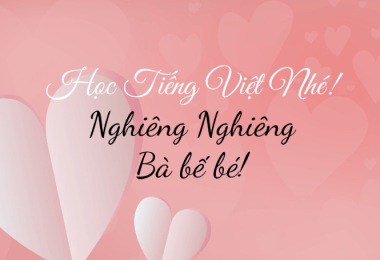In oriental cultures, the dragon is a symbol of nobility, eternal vitality, and cosmic strength.
Especially in Vietnam, the dragon is a significant and sacred symbol in spiritual life.
The image of the dragon is often used in architecture and construction, such as palaces, ancient temples in Vietnam, and the old costumes of the king.
Despite that, the dragon image went through centuries and dynasties with changes in the thinking and lifestyle of that era.
Let’s learn about the development of Vietnamese dragons in history and their meaning in life and feng shui.
1. Traditional Vietnamese Dragons Through the Ages
Each dynasty’s image of Vietnamese dragons had its own appearance. During the Ly dynasty, the dragon was innocent; in the Tran dynasty, it was blown into a healthy look; in the Le dynasty, bureaucracy was bossy; and in the Nguyen dynasty, it became rigid.
Dragons of the Ly dynasty (1009 – 1225) were flexible, even innocent, keeping their original form as a snake. Many people see its miniature on the stamp, which looks very much like a worm, called a worm dragon, but this dragon form is shaped like a snake.
The image of a dragon in this period was suitable for the policy of the Ly dynasty at that time; soft, flexible, and gentle kings appeared. Also, the image of the king dragon and the public dragon has a distinctive feature: the king dragon has 5 claws, and the public dragon has only 4 claws.
The Tran Dynasty (1226 – 1400) used the original image of the dragon of the Ly Dynasty and added more the spirit of national pride. The aura of the Tran Dynasty permeated the dragon and made it fat. If the Ly dragon is mistaken for a snake, the Tran dragon cannot be mistaken because it is healthy and athletic.
Dragon Le (1428 – 1527) was influenced back from China. The image of the dragon of this period is still preserved in Kinh Thien Palace, which is the dragon made by King Le Thanh Tong on the fifth day of the eighth lunar month, 1467. The shape of this animal was suitable for the flourishing feudal period. It majestically slithered down from Kinh Thien Palace; its fins and scales show a proud and smug expression.
If the dragon in the Ly dynasty had a falcon’s leg spread out very innocently because it was associated with nature, the dragon of the Le dynasty in Kinh Thien Palace reached out and grabbed his beard and stroked it. Thus, the dragons of the Le dynasty became bureaucratic and self-righteous. It was no longer as innocent as the Ly dynasty, as healthy as the Tran. Still, it became a force of freedom, swaggering, and bossy.
The dragons of the Nguyen Dynasty (1802 – 1945) were completely hard, clearly showing the decline of feudalism. It is under the influence of Chinese dragons, becoming stiff and full of threats like dragons of the Ming and Qing dynasties.
Dragons in palaces and temples were like threatening forces, not toying with everyone. They passed through the innocent styles of the Ly Dynasty, the healthy Tran Dynasty, and the bureaucracy of the Le Dynasty and became rigid during the Nguyen Dynasty.
Nowadays, when you visit Hue Royal Palace, you can see many dragons still on the palace walls, roofs, and royal tombs.
Today, in the thoughts of the new era, the dragon image is more complex and gaudy but not as deep and meaningful as in the past.
2. Types of Dragons in Vietnam
Dragons have four types, each carrying four basic forces of nature and the four elements that make up the universe: Wind, Fire, Earth, and Water.
From these four main types, people imagine many different kinds of dragons, such as:
- Earth Dragons live in caves deep in mountains or valleys.
- Water Dragons live on the coast, the sea, and the swamps.
- Fire Dragons live in the caves of the volcano.
- Wind Dragons live on cliffs and high mountain peaks.
3. Vietnamese vs. Chinese Dragons: Key Differences
To distinguish the Vietnamese traditional dragon from the Chinese dragon, look at their heads, which clearly show different features.
The dragon of the Ly dynasty (1009 – 1225) can be considered the traditional dragon in Vietnam.
So, we mention this dragon to compare it with the Chinese one.
The Ly dragon has a proboscis in front of its nose, like a bodhi leaf (Buddhist leaf). It has fangs in the middle, created by ivory inspiration. The traditional dragon of Vietnam is elongated and gradually smaller towards the tail.
Chinese dragons have horns like deer antlers and beards like catfish. They have thick eyebrows and thick scales like fish scales. The dragon of the Tong dynasty has a tail spreading like a fish’s tail.
Chinese dragons are widely used in Vietnam, sometimes encroaching on Vietnamese traditional dragons. Many people are confused and do not know correctly which dragon shape originated in Vietnam.
History professor Le Van Lan further analyzed that the dragon of Chinese origin in the Hoang Ha area, from the Tang—Luc—Han dynasties, is the lion.
Later, along with the expansion to the south, coming to the Yangtze River, the dragon met the change and received more Vietnamese dragon elements, from the body of a lion animal to the shape of a river or a snake. Thus, at least half of the Chinese dragons are Vietnamese ones.
4. The Spiritual Meaning of Dragons in Vietnam
The dragon presents a figurative origin of the river. If you capture the bends of the river from above, it is ultimately the image of a dragon in Vietnamese paintings.
The thousand-year-old dragon symbol is also the image of the river. Since ancient times, when people needed water, they prayed to dragons. Dragons will spray water to provide a source of life for crops and can be a blessed god.
Many people believe that the meaning of dragons is only associated with kings. Most of the things the king used included the word “dragon,” such as a dragon bed, dragon hat, dragon clothes…
That’s a limited thought because dragons are not only royal animals but also a spiritual image of the public; they are identified as fun animals and can play with people.
If you look for the sculptures of the communal houses, which contain the quintessence of sculpture art in the 17th and 19th centuries, you will encounter a series of dragon images attached to the people. There is a dragon group in which the mother dragon is entwined with the baby dragon. There are scenes of village girls playing with dragons, stroking dragon beards, and even riding dragons.
5. Dragons in Feng Shui: Symbolism and Benefits
In feng shui, dragons are often chosen to display for the purpose of reassurance.
The dragon is the first animal of four holy animals in Vietnam – Dragon, Unicorn, Turtle, and Phoenix – symbolizing power and supreme leadership.
Dragons are believed to have the ability to harmonize the principles of heaven and earth, bestowing goodness in life.
The dragon symbolizes boundless power, helping entrepreneurs to prosper, so it has the ultimate meaning in feng shui.
It is believed that where there is a dragon, fortune and prosperity come.
6. How to Properly Display a Feng Shui Dragon Statue at Home
6.1. Must-do things when decorating a feng-shui dragon statue:
It is advisable to place a Dragon statue in the Southwest or Northeast direction in a living room, office, or business store. Traditionally, it should be positioned on either side of the hall, living room, or home office.
When decorated, the dragon statue shows the authority of the head and is a good omen in diplomatic relationships, favorable for the mutual assistance or cooperation of the nobles.
Another tip is that the dragon statue should be placed in a well-ventilated and clean location because the dragon is a free animal. Places with good energy sources will promote the full effect of the feng-shui dragon.
Place the dragon statue in a position where it can observe the whole house. The dragon’s eyes are always directed towards the spacious area, so the fortune has conditions to spread for the home.
6.2. Things not to do when displaying a feng-shui dragon statue
Leaving the statue in the window or the corner of the house is unsuitable for feng-shui dragon statues.
Do not place the dragon’s head towards the window. Avoiding the wooden dragon statue behind the seat or facing the person sitting will block its power against the owner’s fortune, fame, and career.
If there is a dirty sewer in front of the store, don’t put the dragon statue in it because it will make the dragon dirty.
The dragon is an auspicious animal, but it is a powerful beast with strong countermeasures, so it is not suitable for people born in the year of the Dog, so it is not advisable to arrange a dragon image for dog-year people.
You should not place other feng shui animals near the dragon statue except for the phoenix.
When you put a dragon statue with a phoenix, you will have a lot of luck in your love life and improve the relationship between husband and wife. It is because the dragon and phoenix are the couples that bring happiness and luck in marriage and family.
7. Dragons in Architecture and Decorative Arts
The dragon is an image with a unique position in the culture and beliefs of the Vietnamese nation. It is a sacred symbol related to the legend of the Vietnamese dragon and its fairy descendants. Most people think the Vietnamese are the children of the dragon.
The image of the dragon is very close to the people of Vietnam and is a symbol of favorable rain and wind. Also, animism ranks first among the four spirits “Long, Lan, Quy, Phung” (Dragon, Unicorn, Turtle, Phoenix). Therefore, the image of the Vietnamese dragon contrasts with the evil dragon, symbolizing the evil of Western countries.
Today, besides using dragons on Vietnamese traditional dresses (typically on the old Ao dai), the image of the dragon is still included in the decoration of architectural works, paintings, carvings, art engravings, etc. At any time, the dragon is still a part of people’s cultural life in Vietnam.
8. FAQ About the Traditional Vietnamese Dragon
1. What is a dragon called in Vietnamese?
Dragon is callled Rồng or Con Rồng in Vietnamese.
2. Why do the Vietnamese dragon and phoenix often go together?
Dragon and phoenix are two of the four holy animals of the Vietnamese people. The dragon represents power and male strength, while the phoenix symbolizes beauty and female elegance.
Dragon and phoenix going together will bring happiness and harmony in Yin and Yang, which creates a good relationship and progress in life.
3. Why do many people believe that Vietnam is the land of the blue dragon?
There are two main reasons that create that thought:
- A legend tells that the 54 ethnic groups in Vietnam are children of Au Co and Lac Long Quan, who originated from the dragon.
- The shape of the Vietnam map looks like a dragon, and the land is covered with green trees all year round. So, Vietnam is the land of the blue dragon.
4. What is the difference between oriental dragons and European dragons?
In Asian countries, dragons are often depicted with snake bodies, fish scales, lion’s mane, deer horns, and flying. Dragons are sacred and revered animals.
Meanwhile, European countries consider dragons fierce animals that need to be disarmed.
5. What is the main difference in the characters of Vietnamese and Chinese dragons?
Different from the image of the fierce Chinese dragon, the Vietnamese dragon is much softer and gentler. The Vietnamese dragons are often used in architectural decoration, sculpture, and painting. The Vietnamese dragon image has its own identity: the image of rivers.

